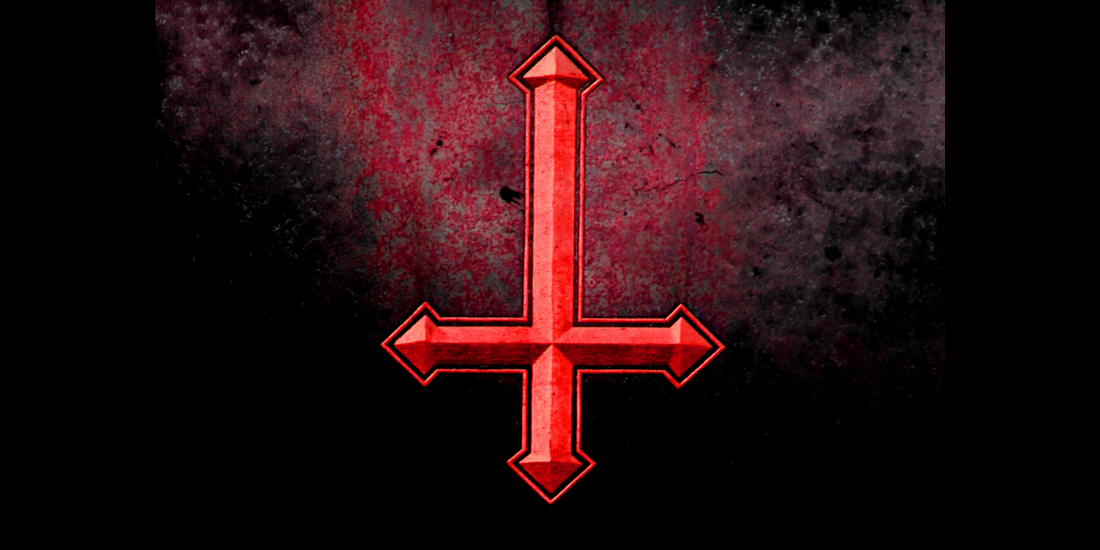The upside-down cross, also known as the inverted cross, has been a topic of discussion for many years, especially in Christianity. It is often seen as a controversial symbol that can have multiple meanings depending on who interprets it. In this blog, we will explore the history and meaning behind the upside-down cross in Christianity.
History of the Upside-Down Cross
Traditionally, the upside-down cross has been associated with the crucifixion of St. Peter, who, according to Christian tradition, was crucified upside down because he did not feel worthy to die in the same manner as Jesus Christ. St. Peter was the leader of the apostles and one of the most important figures in early Christianity. He was crucified during the reign of Emperor Nero in Rome, around AD 64.
The story of St. Peter's crucifixion is not mentioned in the Bible, but it has been passed down through Christian tradition. According to one account, when St. Peter was led to his crucifixion, he asked to be crucified upside down, saying that he was not worthy to die in the same way as his Lord. This act of humility and devotion has been remembered in Christian art and iconography, and the upside-down cross has become a symbol of St. Peter and his martyrdom.
Interpretations of the Upside-Down Cross
The upside-down cross has been used as a symbol of humility and unworthiness in some Christian circles, as it is associated with the martyrdom of St. Peter. Some Christians see it as a symbol of taking up one's cross and following Jesus, even if it means suffering and persecution.
However, the upside-down cross has also been used as a symbol of rebellion and blasphemy by some groups. In popular culture, it has been associated with Satanism and the occult. In recent years, it has been adopted as a symbol of anti-Christian sentiment by some individuals who reject traditional Christian beliefs and practices.
Misinterpretation of the Upside-Down Cross
It is important to note that the upside-down cross does not inherently represent Satanism or anti-Christian beliefs. Like many symbols, it is open to interpretation and can have different meanings depending on the context in which it is used. The upside-down cross has been used by some Christians as a symbol of humility and unworthiness, while others have used it as a symbol of rebellion and rejection of traditional Christian beliefs.
It is also important to note that the upside-down cross is not the same as the cross that is typically associated with Christianity. The traditional cross has a long vertical line and a shorter horizontal line, while the upside-down cross has a shorter vertical line and a longer horizontal line.
In conclusion, the upside-down cross in Christianity has a rich history and multiple interpretations. While some Christians see it as a symbol of humility and unworthiness, others see it as a symbol of rebellion and rejection of traditional Christian beliefs. However, it is important to remember that symbols can have multiple meanings and interpretations, and it is up to individuals to decide how they interpret them. It is also important to avoid misinterpretation of the upside-down cross and to understand that it is not the same as the traditional Christian cross.
